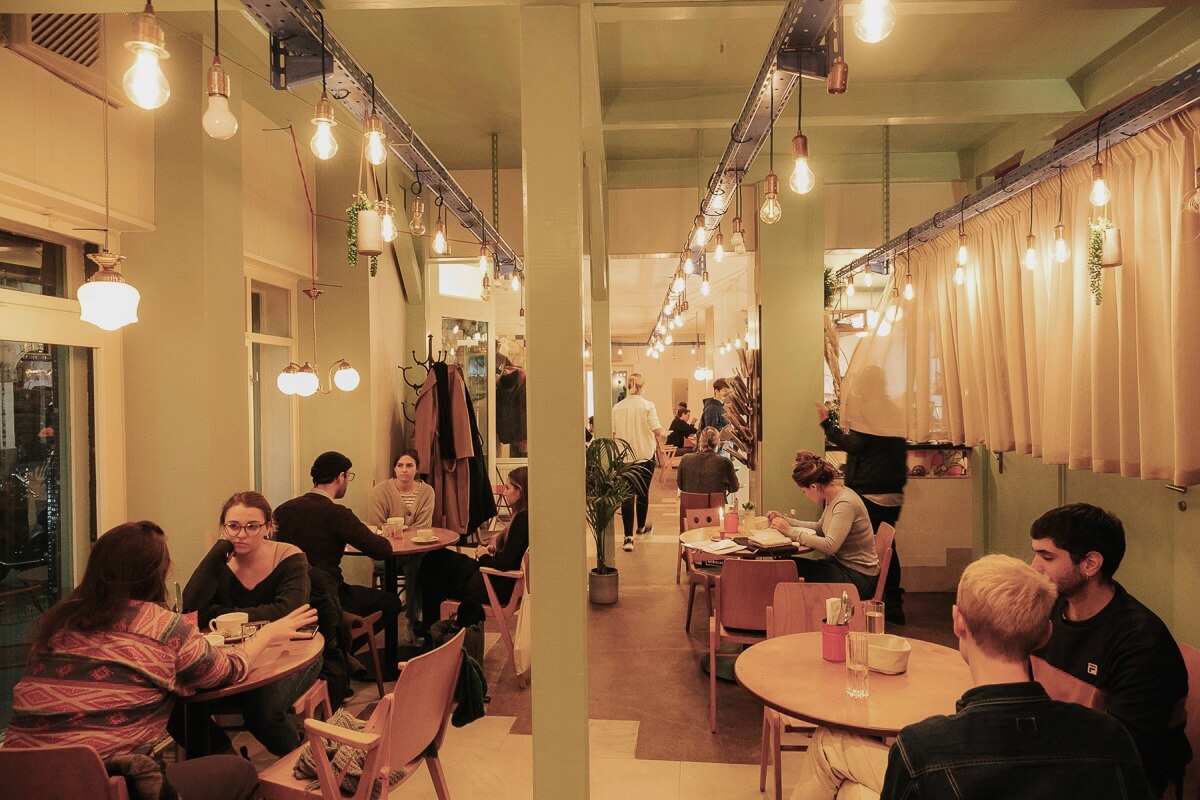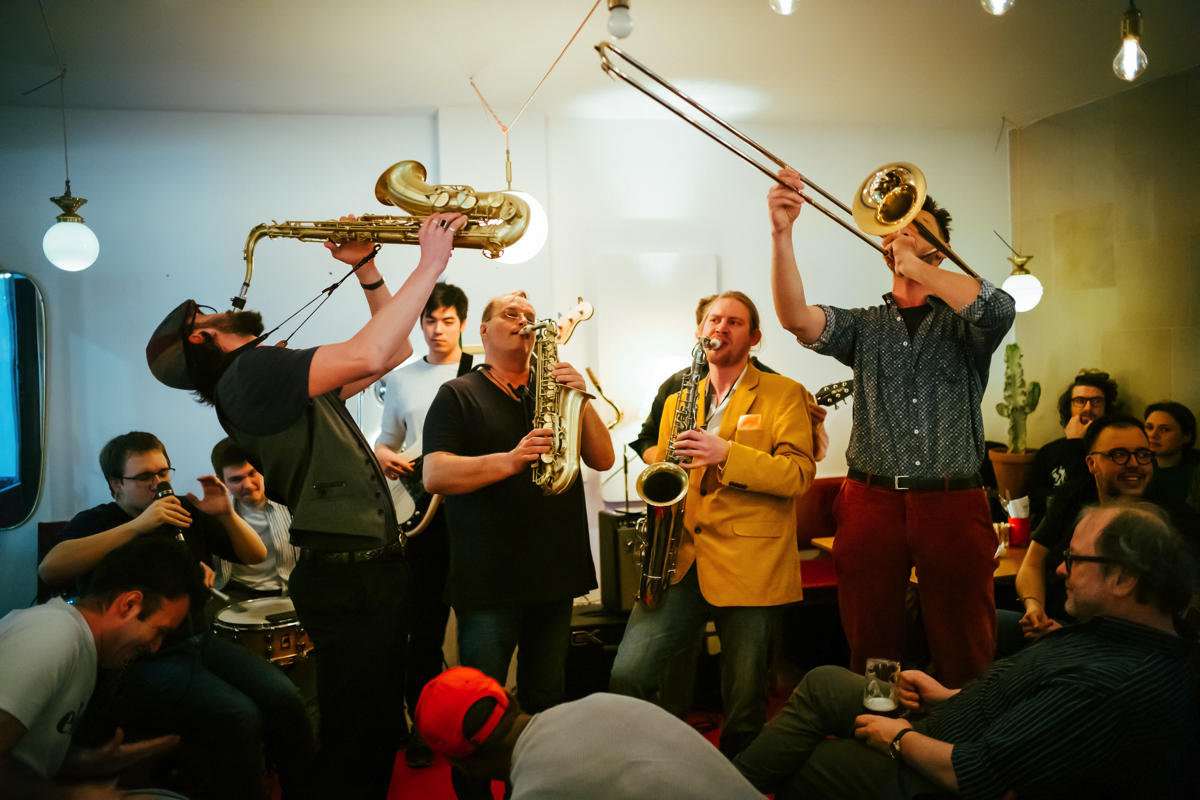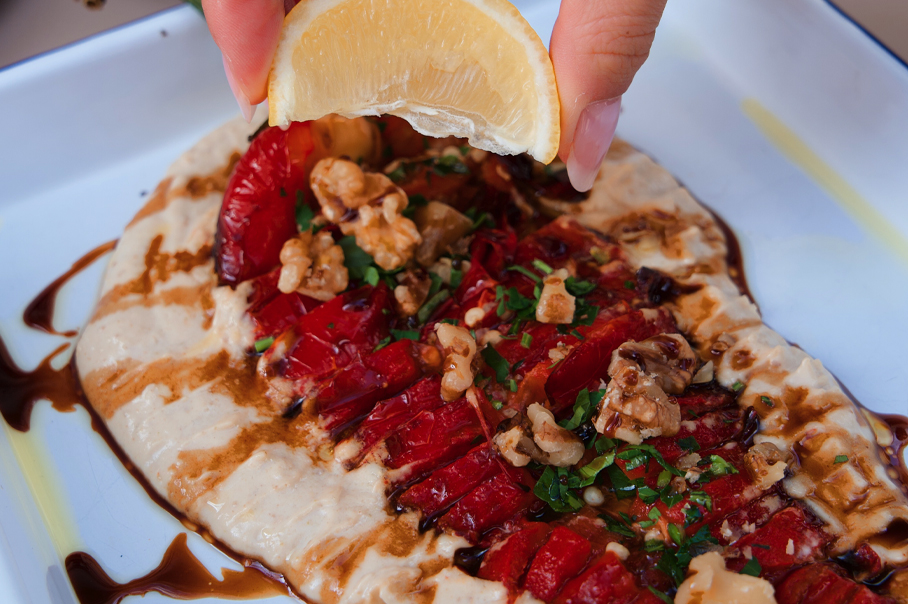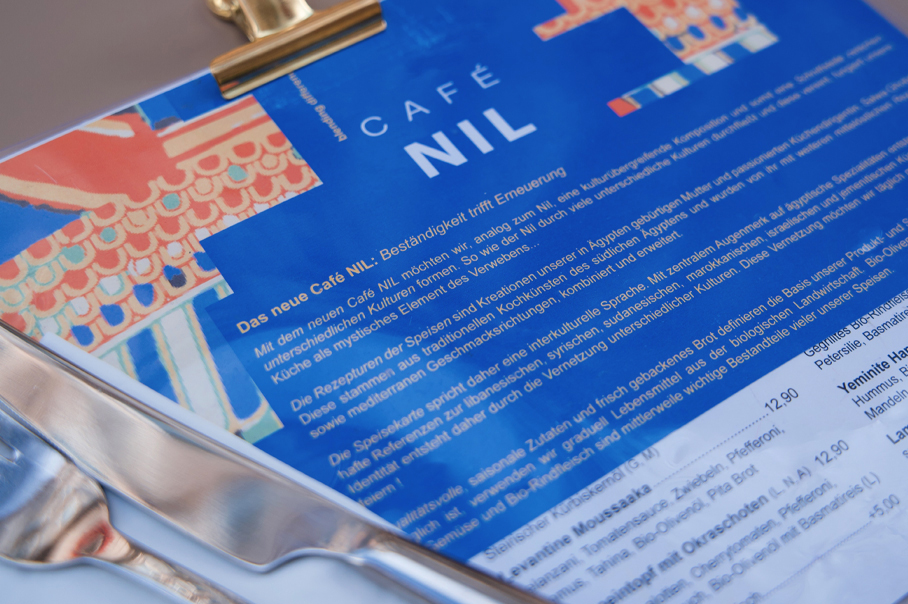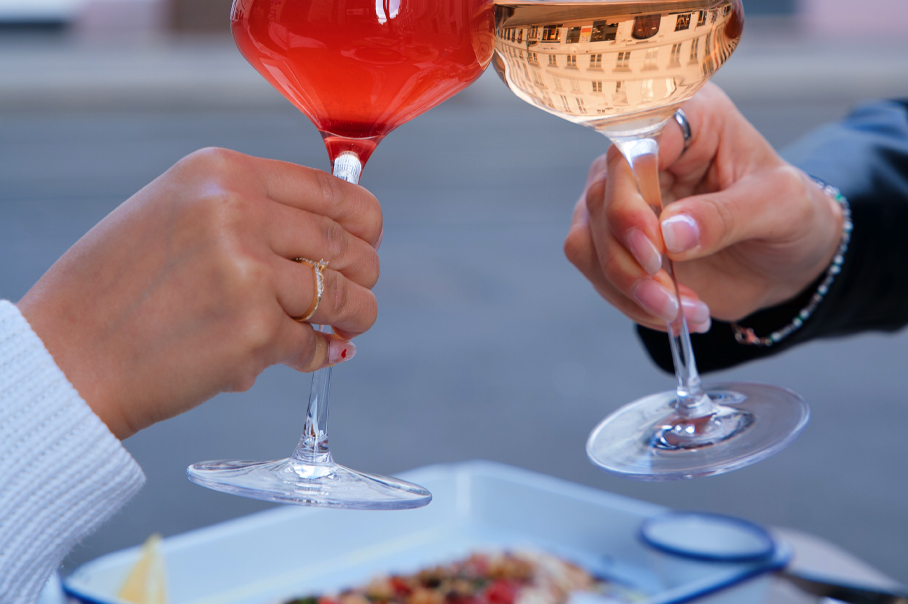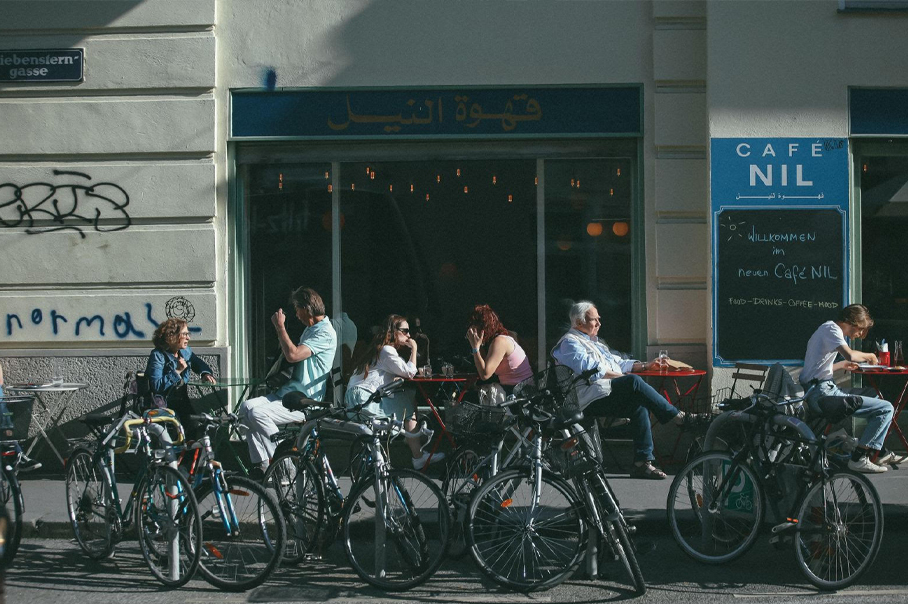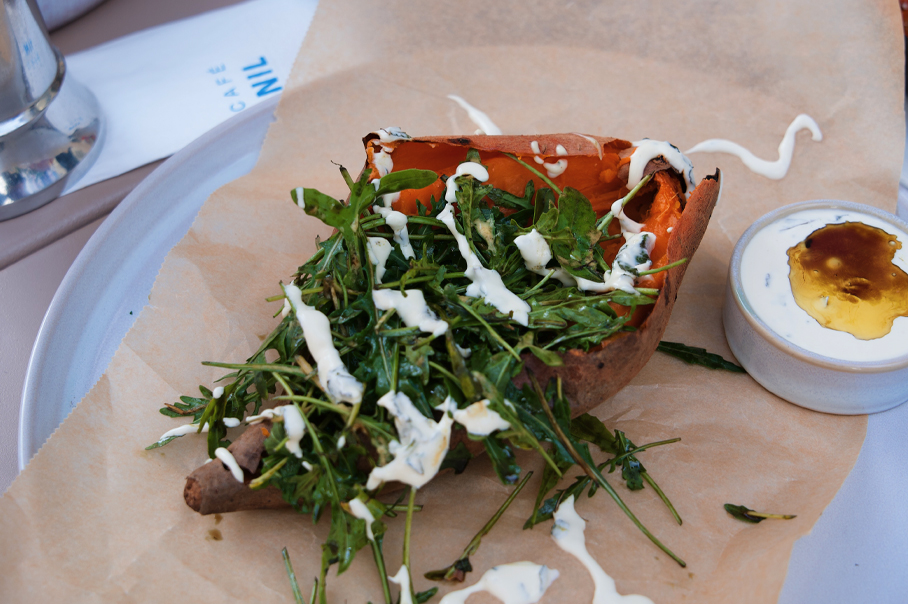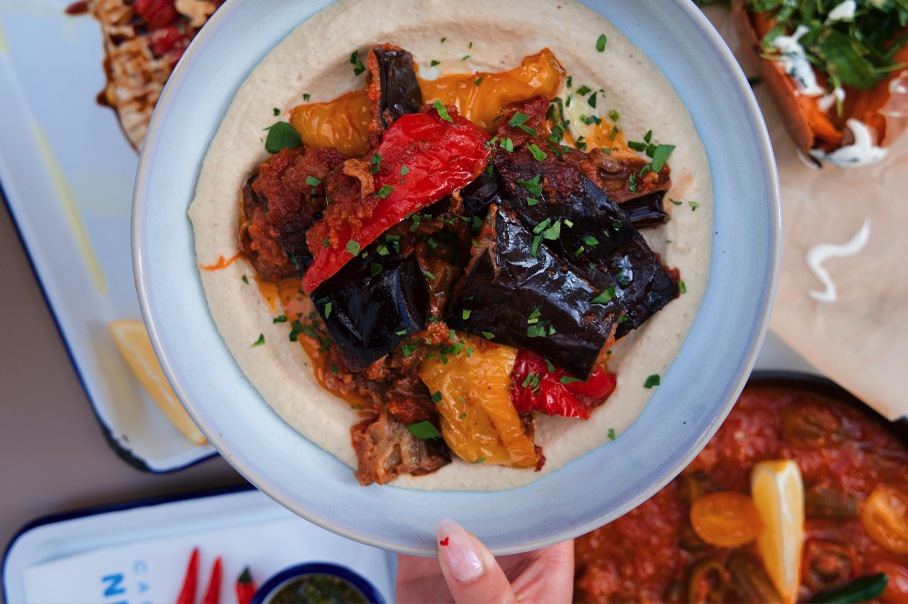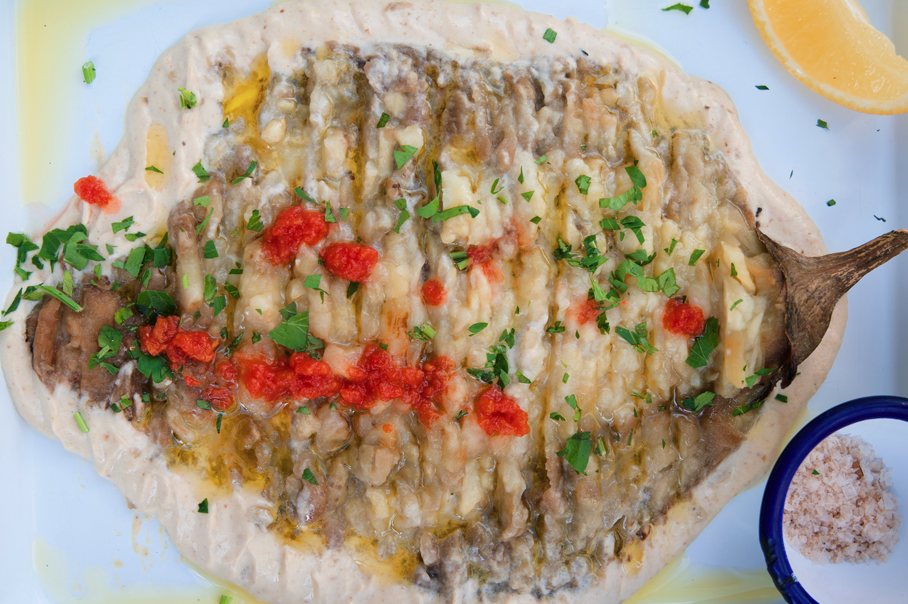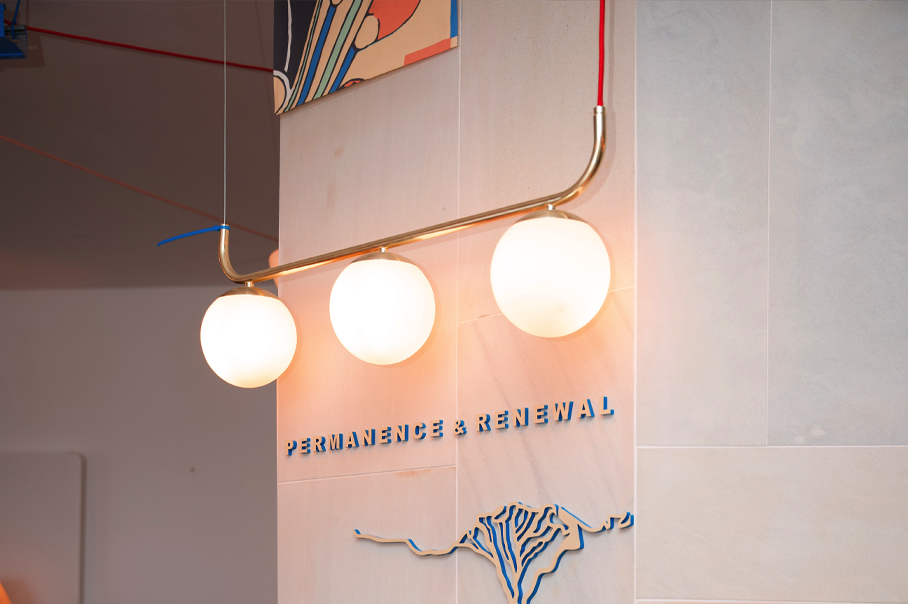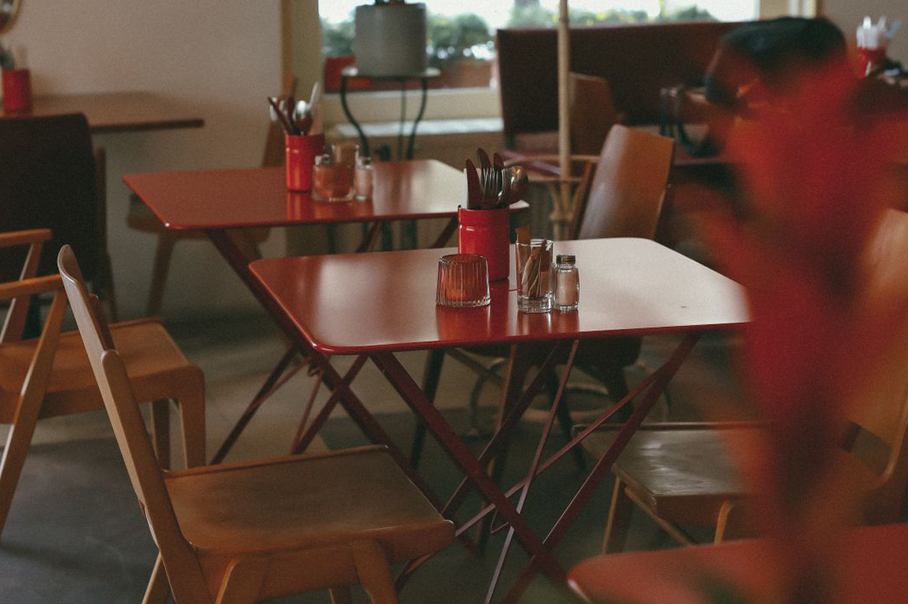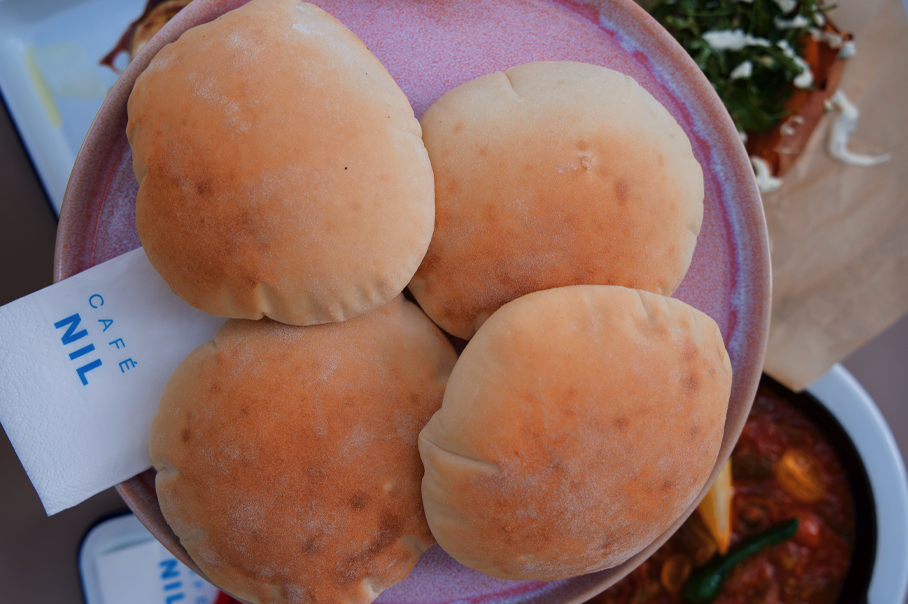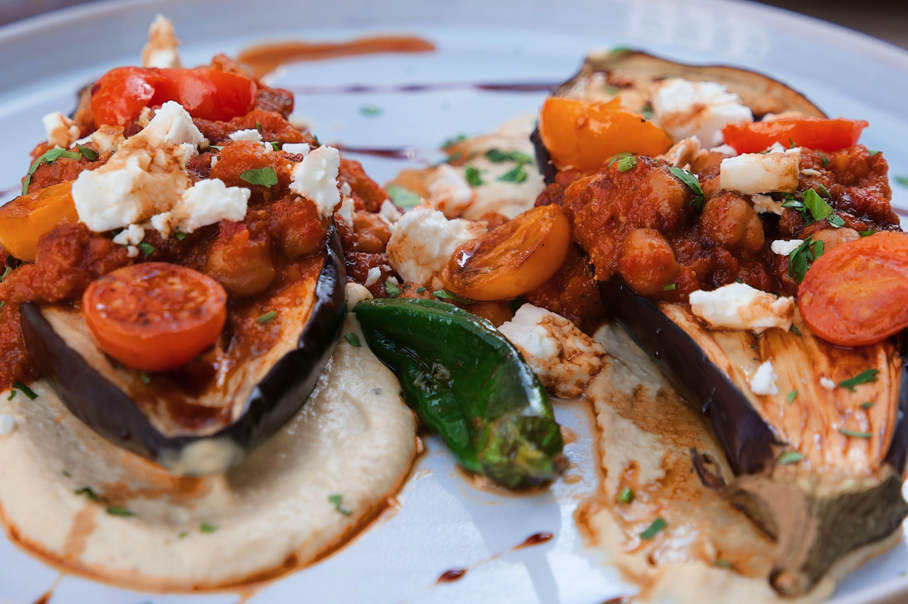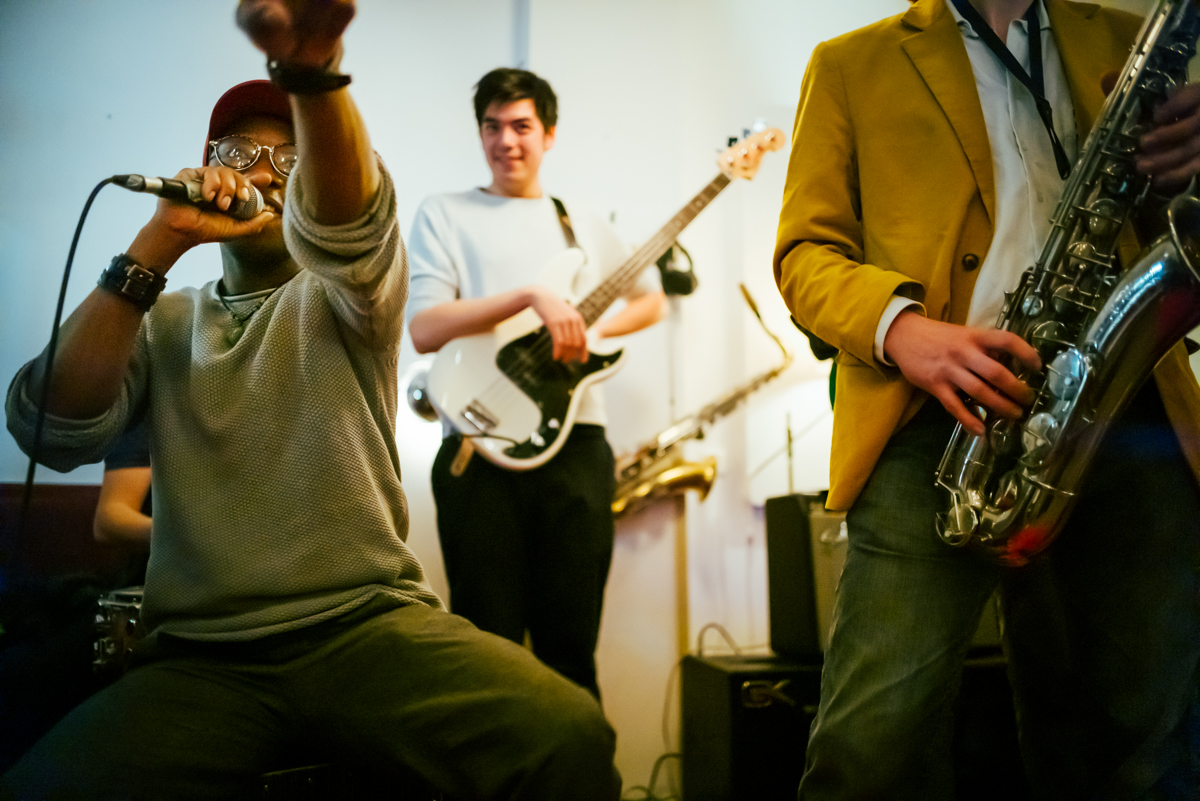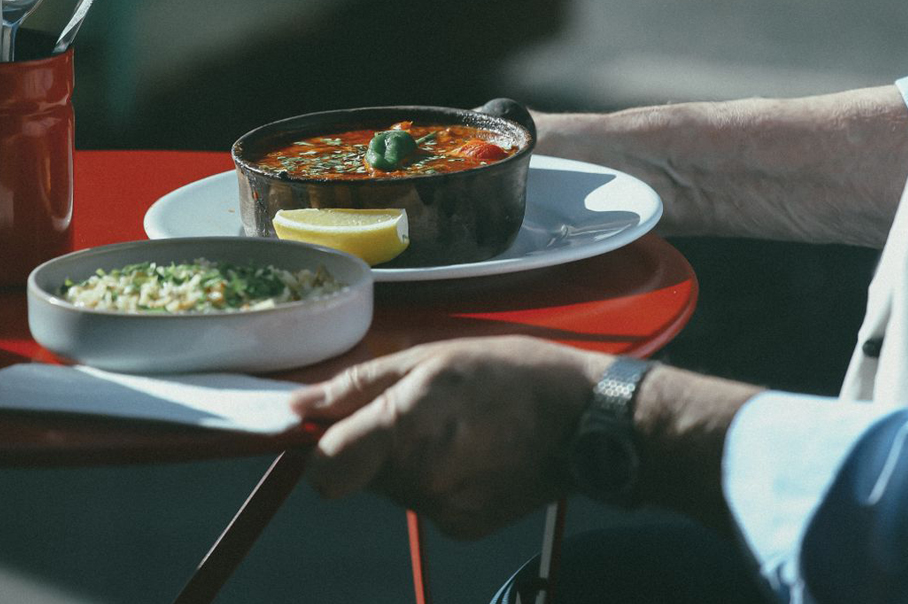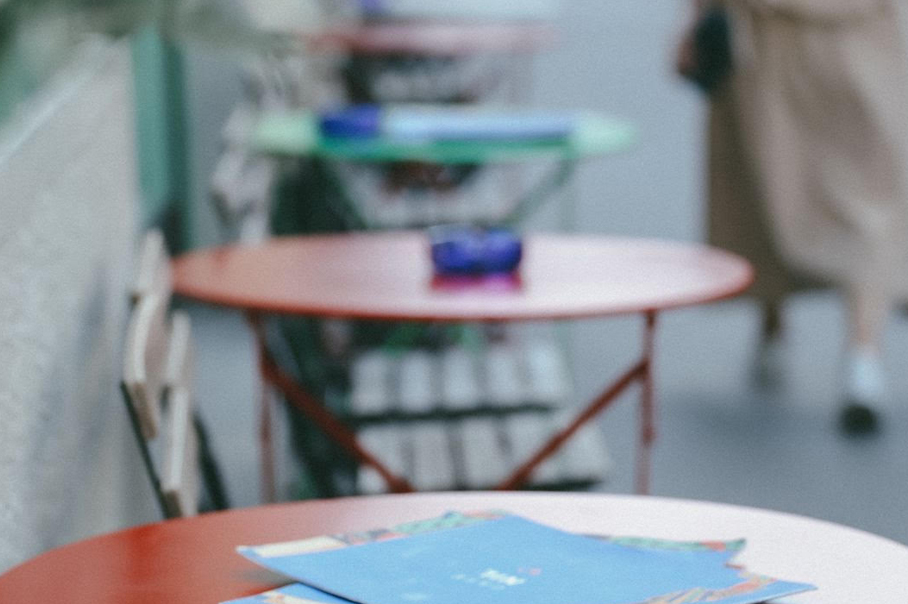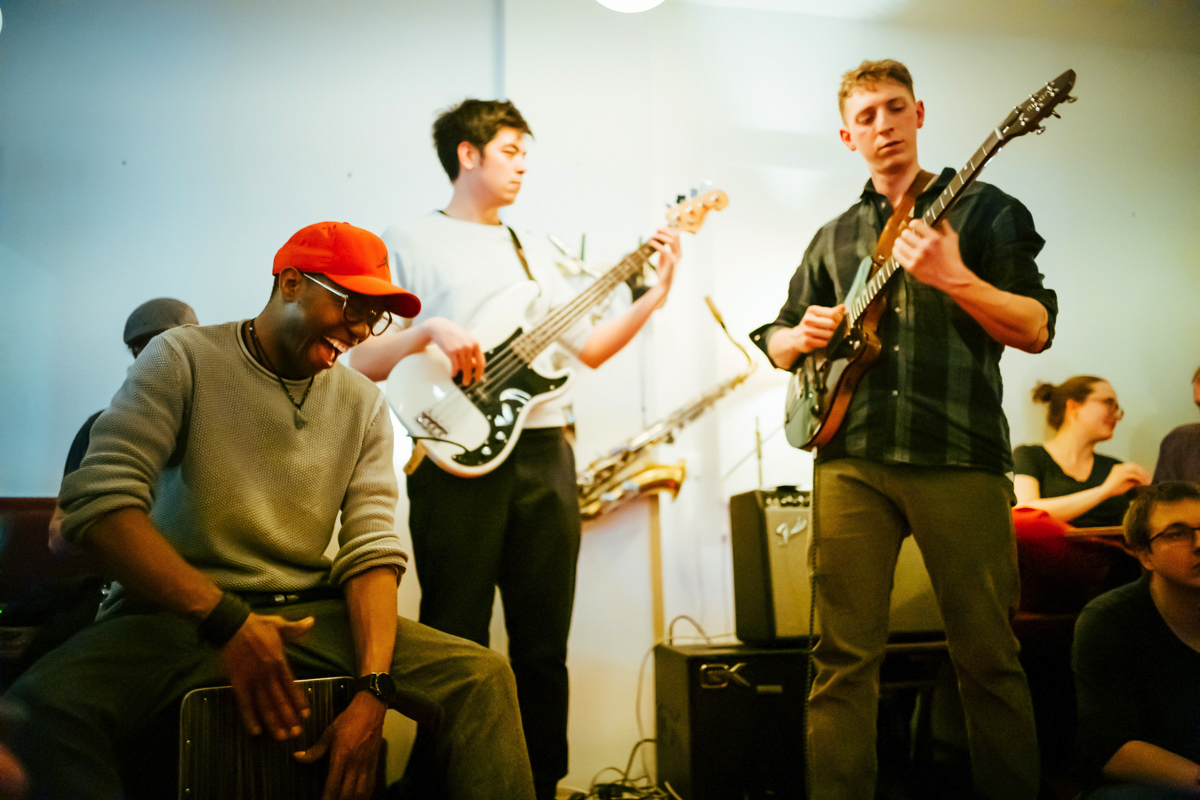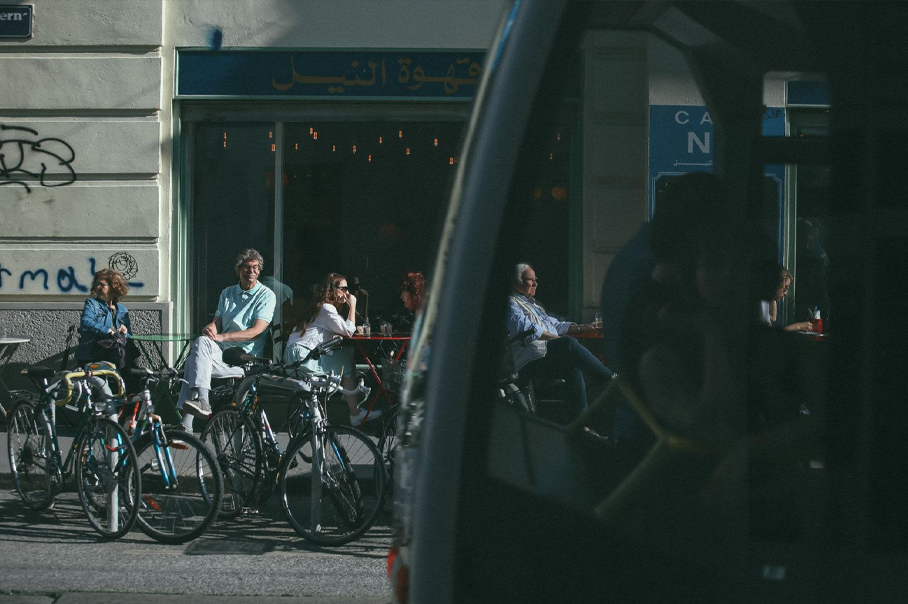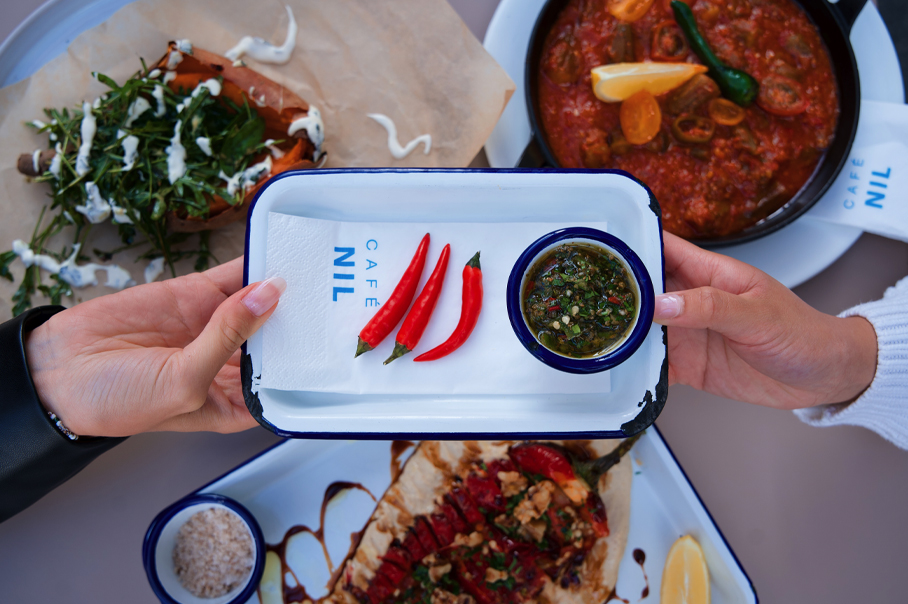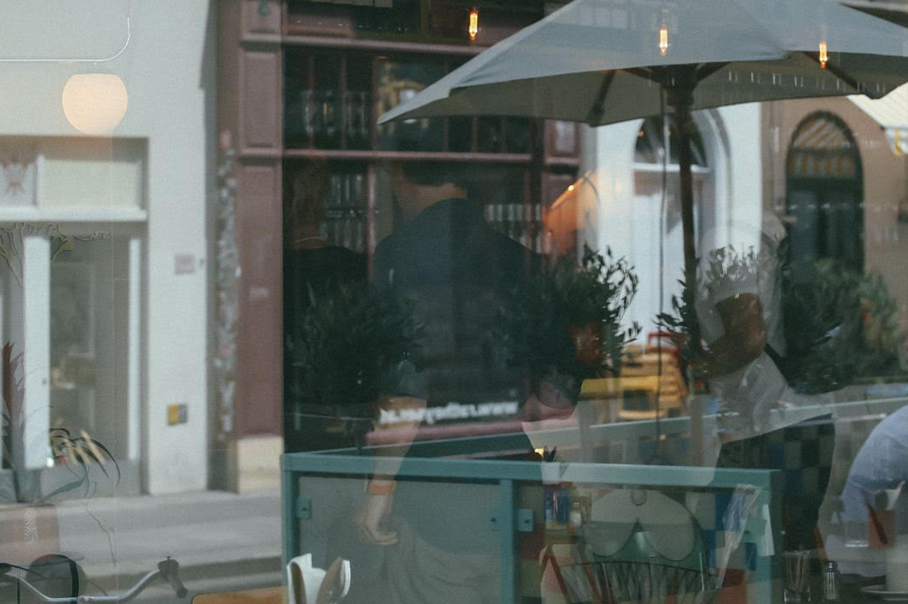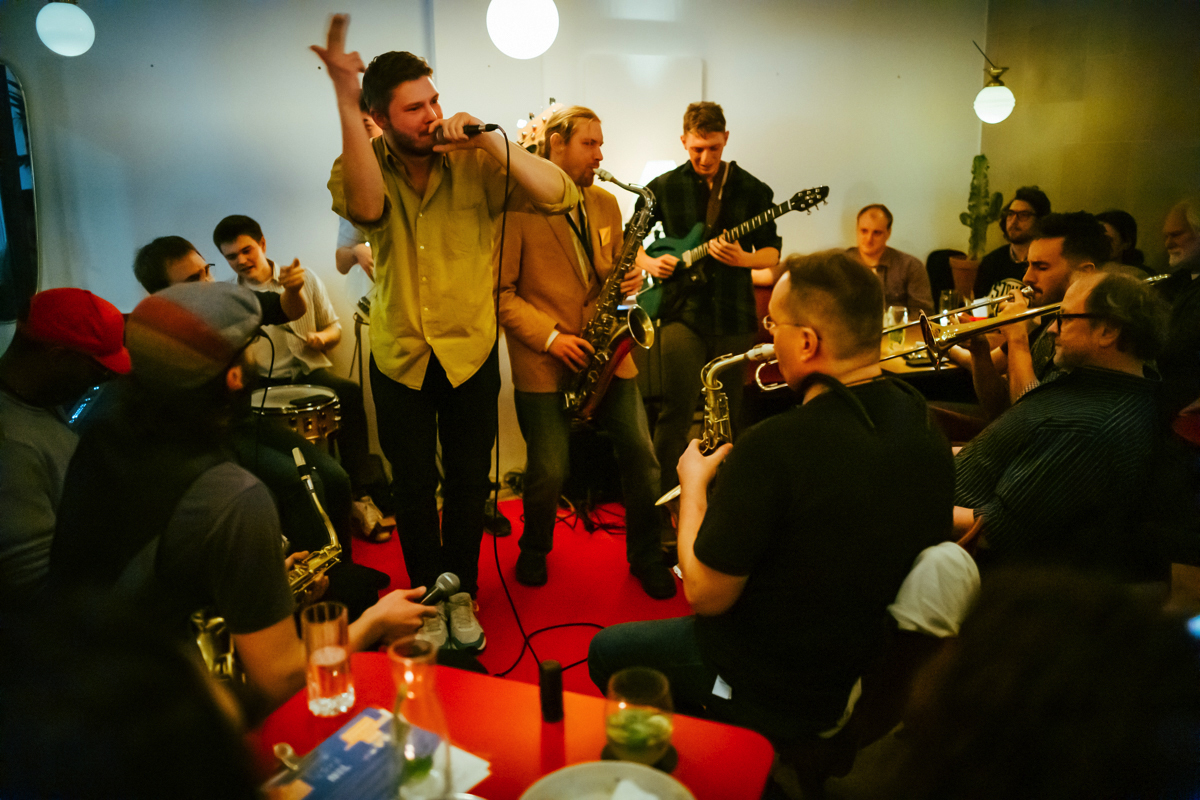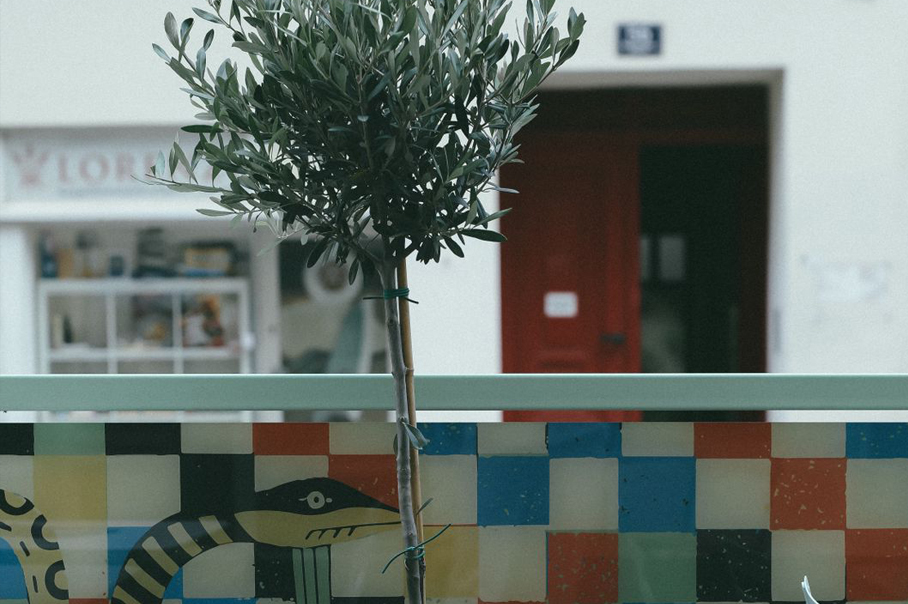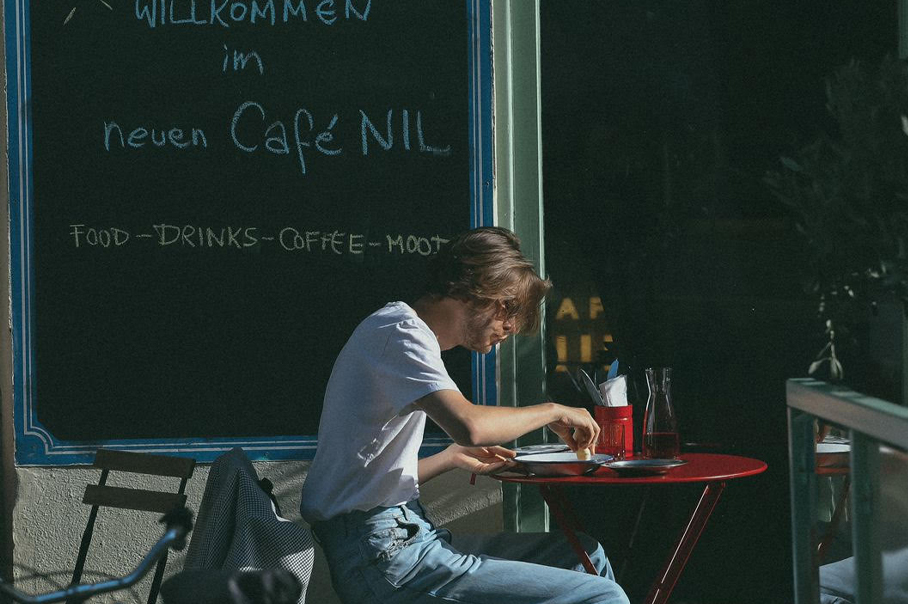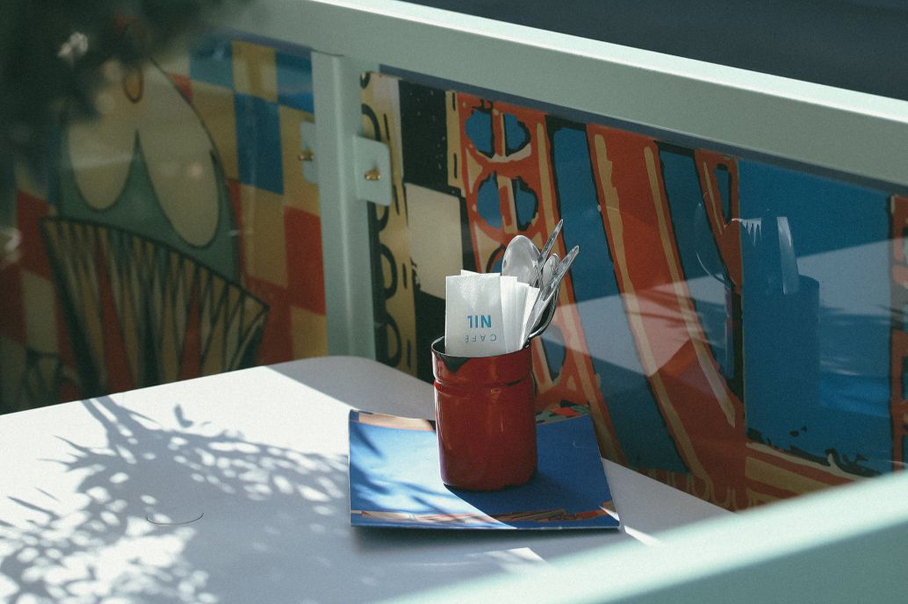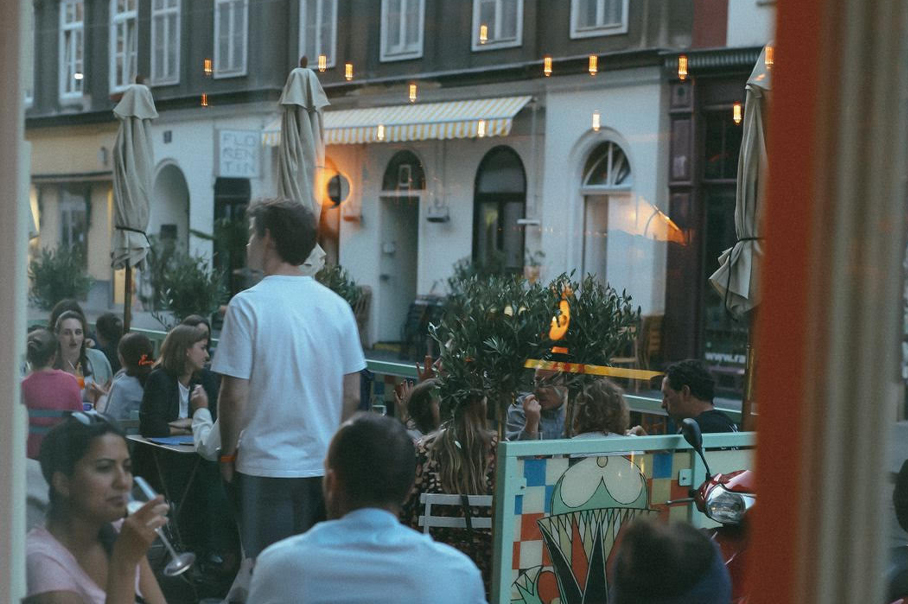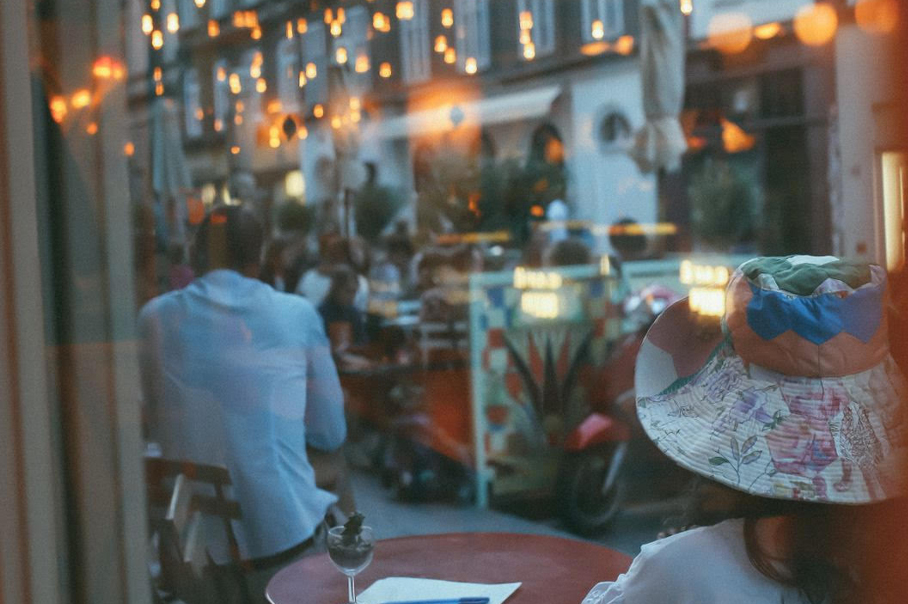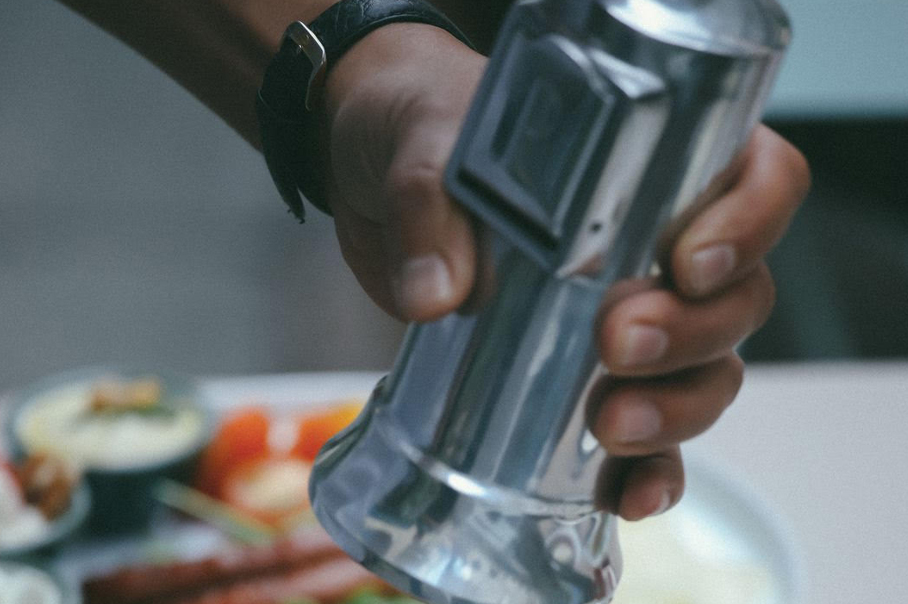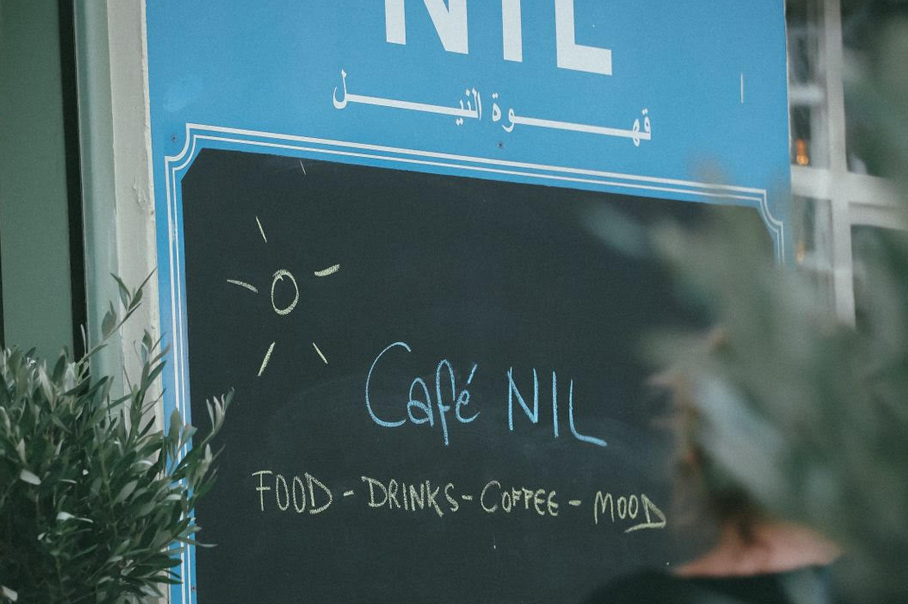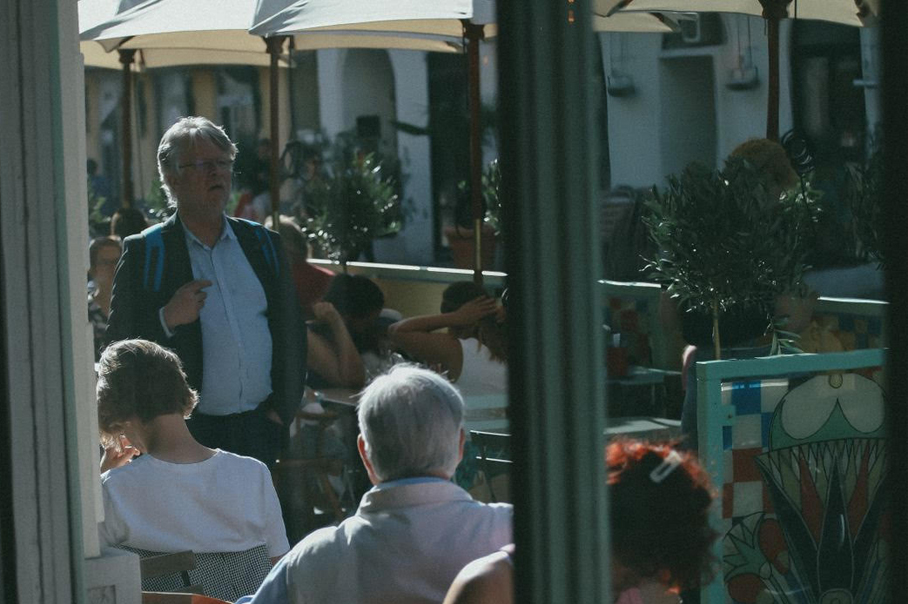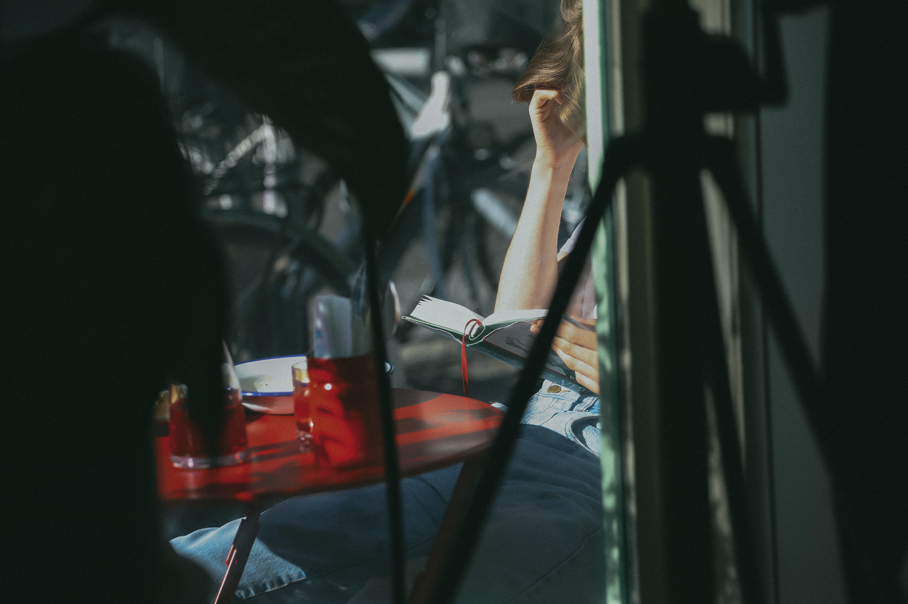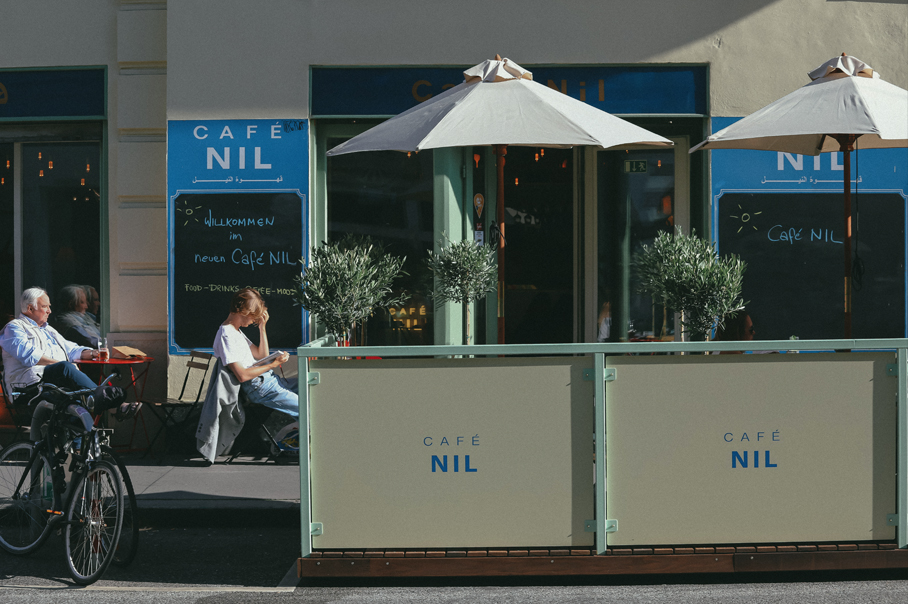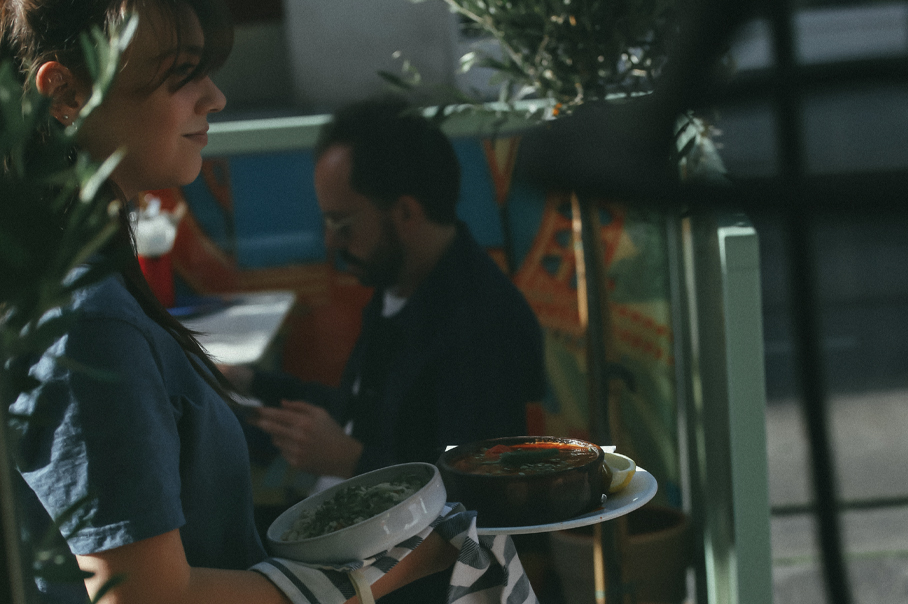NIL Philosophy
Blending Differences.
We would have to go far afield when thinking about the Café NIL. So far that we would be simultaneously confronted with a kind of socio-cultural anatomy of the Nile. Pondering about its historical as well as current, cross-cultural structure, function and meaning. Ultimately, we might be circling around a poetic dimension of the invigorating river in Africa. In the “River of the Gods” we encounter a mysterious entanglement between myth and truth. Because it’s not only the longest river on earth but it inspires, nourishes, modulates and interweaves different cultures, people, families, societies, desert landscapes, swamplands, cities, countries and civilizations – until it fans out in Egypt to form the Nile Delta while flowing into the Mediterranean Sea. That sea which forms an organic interface between Orient and Occident while gradually shaping the coasts, agglomerations and metropolitan areas of the Mediterranean.
Moreover, the Nile acts as a catalyst for economic and social interactions. Its fertile banks support agriculture, providing sustenance and livelihoods to communities along its course. This interdependence creates opportunities for cooperation, collaboration, knowledge transfer and shared prosperity. Trade routes, influenced by the river’s flow, have facilitated the exchange of goods and ideas, fostering cross-cultural relationships and a sense of unity.
Yet the Nile’s intercultural, fertile and diverse identity harbors much more. On its shores we discover the alchemy of transmutation from nature to culture and how this gives rise to one of the earliest advanced civilizations. The Nile is decisive for both Egypt’s history and for the formation of its present agricultural basis. In the Nile we encounter hence an emblematic and multimodal strategy of interweaving that depicts how permanence & renewal can form a creative symbiosis.
We would therefore like to maintain the historical identity of the place while simultaneously initiating a renewal through the creative power of the scarabaeus. History is not erased but recontextualized through the introduction of the New.
Stone meets color and fabric.
Monumentality meets flexibility.
Vintage meets postmodernism.
Orient meets Occident.
Culture meets play.
A new identity gradually emerges.
In the mud of the Nile, its fertility merges with the creative power of the scarab. The liberation and rapid multiplication of this beetle in the nile mud after the nile flood led to the belief that it was born without reproduction, which is why it was considered a symbol of creative power, fortune, and resurrection.
If one were to literally flow along with the Nile, starting from the mountains of Rwanda and Burundi through Tanzania, Uganda, South Sudan, Sudan, and flowing into Egypt, then we would perceive all the cultural differences traversed within the diverse unity of the Nile.
Therefore, the new Café NIL designs its cuisine, analogous to the Nile, as a cross-cultural or intergeographical unity, and thus as an interface between different cultures. The new NIL aims to become an intercultural space. We aspire to offer a hybrid space for encounters and exchanges to people with diverse cultural backgrounds, reflecting their unique diversity.
In fact, this is hence a space for all people, as the analysis of our genes showcase that they carry traces of immigration and mixtures of many different cultures. Therefore, we communicate that culture is an amorphous and dynamic phenomenon that can be approached playfully and experimentally. Every person can feel “at home” in the new NIL.
Inter-cultural cuisines and atmospheres define the fundamental elements of our philosophy and identity. The design of the new NIL represents a materialization of this philosophy. Different colors, textures, materials, and design elements are interwoven with a celebratory lighting concept to form a new interior architecture with diverse references. We interpret gastronomy as a culinary celebration of our diverse existence. The presence of many different people completes an open-ended yet vibrant painting that flows and merges in continuous creation and re-creation. Cultural boundaries, as well as those between mythology and reality, blur gently.
In addition to our intercultural culinary compositions, we want to provide opportunities for young artists to showcase various aspects of their art in Café NIL. We believe that authentic interculturality is facilitated and amplified through a parallel promotion of contemporary arts, as free artistic expression possesses a boundary-dissolving nature. This enables a colorful coexistence where differences are gently woven into an intercultural fabric.
Everything remains in flux.
